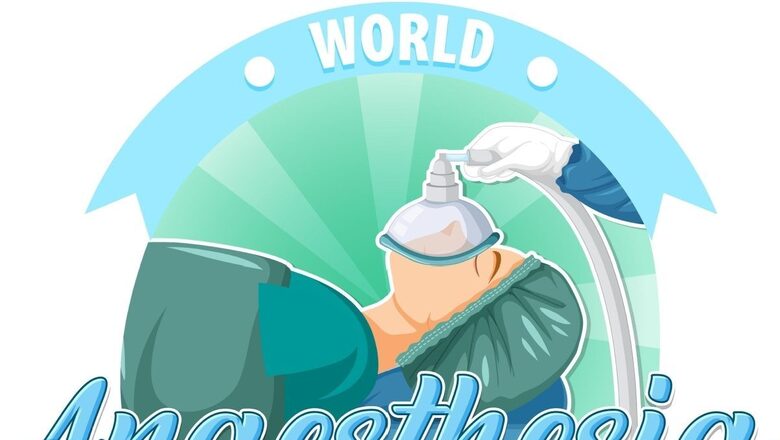
views
Every year on October 16, World Anesthesia Day commemorates a pivotal moment in medical history: the discovery of anesthesia 178 years ago. This milestone, marked by the first successful use of diethyl ether anesthesia in 1846, revolutionized surgery by allowing patients to undergo procedures without experiencing pain. This day also serves as a platform for the World Federation of Societies of Anesthesiologists (WFSA) to highlight the crucial role anesthesiologists play in healthcare and raise awareness about global challenges in accessing safe anesthesia.
WORKFORCE WELL-BEING: THE THEME FOR 2024
The theme for World Anesthesia Day 2024 is “Workforce Well-Being.” This focus underscores the critical need to support the health and well-being of anesthesia professionals, recognising its direct impact on patient care and the healthcare system as a whole.
The WFSA will utilize this occasion to raise awareness about the well-being of both anesthesia providers and their patients. Throughout the year, the WFSA will host webinars, provide valuable educational resources, and offer dedicated sessions to explore effective strategies for helping anesthesia professionals manage stress and improve their overall health.
REMEMBERING THE PAST: A HISTORICAL PERSPECTIVE
On October 16, 1846, American dentist and physician William Thomas Green Morton conducted the first public demonstration of diethyl ether anesthesia at Massachusetts General Hospital in Boston. During this groundbreaking procedure, Morton used ether as an inhalational anesthetic to successfully remove a jaw tumour.
This marked the first time a patient underwent surgery without experiencing pain or sensation, forever changing the landscape of medicine. Morton’s work also highlighted the critical importance of administering a precise dose of anesthesia for safe practice.
THE ENDURING SIGNIFICANCE OF WORLD ANESTHESIA DAY
World Anesthesia Day is a key event that not only commemorates a major breakthrough in medical history—the ability for patients to undergo surgery without pain—but also celebrates this milestone in healthcare while honouring the dedication and expertise of anesthesiologists around the world. Global campaigns launched on this day address ongoing challenges within the medical field and raise awareness about the critical need for safe anesthesia practices everywhere.
UNDERSTANDING ANESTHESIA: A BRIEF OVERVIEW
Anesthesia works by temporarily inducing a loss of consciousness and sensation, facilitating safer and more effective surgical procedures. There are three main types of anesthesia used in medicine:
- Local AnesthesiaThis type is applied to a small, specific area of the body for minor surgeries. It temporarily numbs the targeted area, and its duration is relatively short.
- General AnesthesiaThis type renders the patient completely unconscious and relaxed. It is administered through inhalation or injection.
- Regional AnesthesiaThis method numbs a larger section of the body, such as the abdomen or legs.
















Comments
0 comment